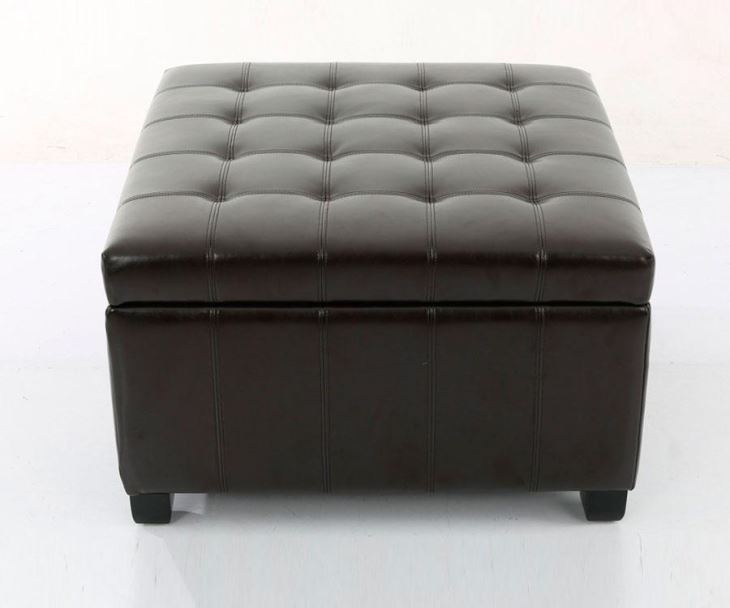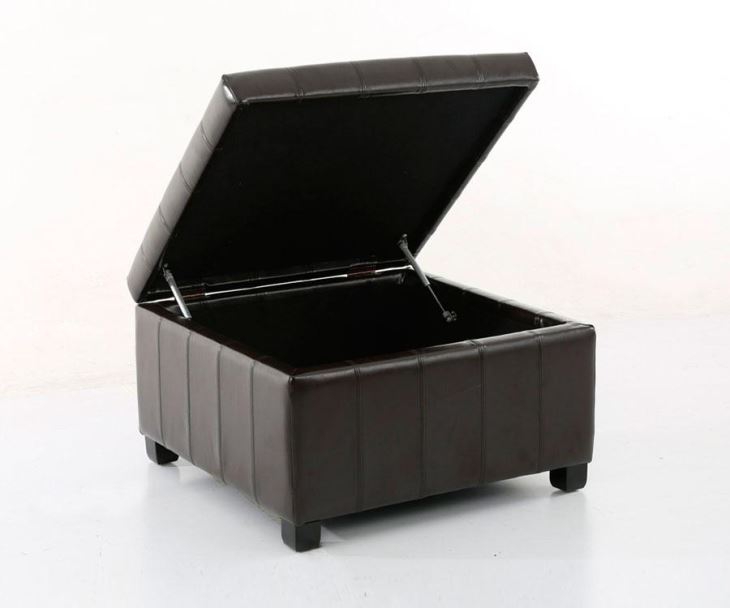- Apr 27, 2025-
The world of hospitality, especially in the realm of luxury hotels and resorts, is a meticulous balance between sophistication and practicality. Every detail, from the finest linens to the most intricate designs, plays a crucial role in creating an unforgettable guest experience. Among these details, footstools often go unnoticed yet play a significant part in enhancing both comfort and aesthetics in high-end spaces. This blog delves into the importance of footstools in luxury hospitality, exploring how they contribute to guest satisfaction and interior design.
Footstools have been around for centuries, serving both functional and decorative purposes. In ancient times, they were simple blocks of wood or stone used to elevate feet off the ground, a practice that was later adopted by various cultures across the globe. Over time, footstools evolved into more elaborate designs, becoming symbols of status and elegance.
In modern times, footstools have become integral elements in interior design, particularly in luxury settings where every piece must align with the overall aesthetic while providing comfort and functionality. They are no longer just utilitarian objects but works of art that complement the space they occupy.
Enhancing Comfort: Guests staying in high-end hotels expect nothing less than perfection. While chairs and sofas provide primary seating, footstools add an extra layer of comfort by offering a place to rest tired feet. This small yet thoughtful detail can significantly contribute to a guest's sense of well-being.

Aesthetic Appeal: Footstools are more than just functional items; they serve as decorative elements that tie together the room's design. Whether placed alongside a sleek modern sofa or an intricately carved chair, footstools add visual interest and sophistication to any space.
Space Optimization: In luxurious settings, every inch of space is precious. Footstools can be designed in various sizes and shapes to fit seamlessly into even the most compact areas, making them ideal for small lounges or intimate seating arrangements.

When selecting footstools for high-end hospitality, several factors must be considered:
Material: High-quality materials such as leather, velvet, or marble are preferred for their durability and luxurious feel. The choice of material should complement the overall design aesthetic of the space.
Color Palette: Footstools should harmonize with the room's color scheme. Neutral tones work well in classic settings, while bold colors can add a pop of vibrancy to contemporary designs.
Shape and Size: The shape and size of footstools should align with the furniture they complement. Round or square stools are common, but custom designs can also be created to match specific architectural styles.
As hospitality continues to evolve, so too does the role of footstools. With a growing emphasis on sustainability and technology, we are seeing more eco-friendly materials and innovative designs that cater to modern guest expectations. For instance, some luxury hotels are now incorporating smart features into their footstools, such as built-in USB ports or temperature control options.
Footstools may seem like a small detail in the grand scheme of hospitality design, but they hold significant importance in creating an exceptional guest experience. By blending practicality with elegance, they enhance both comfort and aesthetics, making them indispensable in high-end hotels and resorts.
References: 1. Smith, J. (2023). The Role of Footstools in Interior Design. Interior Design Magazine. 2. Brown, L. (2022). Luxury Hospitality: Designing for Comfort and Elegance. Hotel & Resort Management Journal.